Do Software De-Squeezing Methods Offer True Anamorphic Quality?
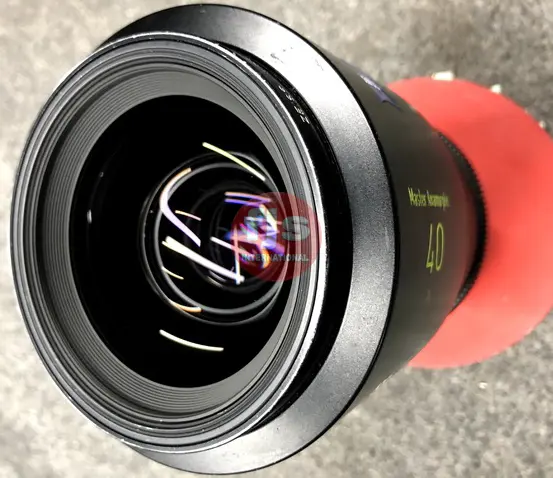
Software de-squeezing methods attempt to recover this wider image, but do they truly deliver anamorphic quality?
The opposite of a zoom lens is a prime lens, also known as a fixed focal length lens.
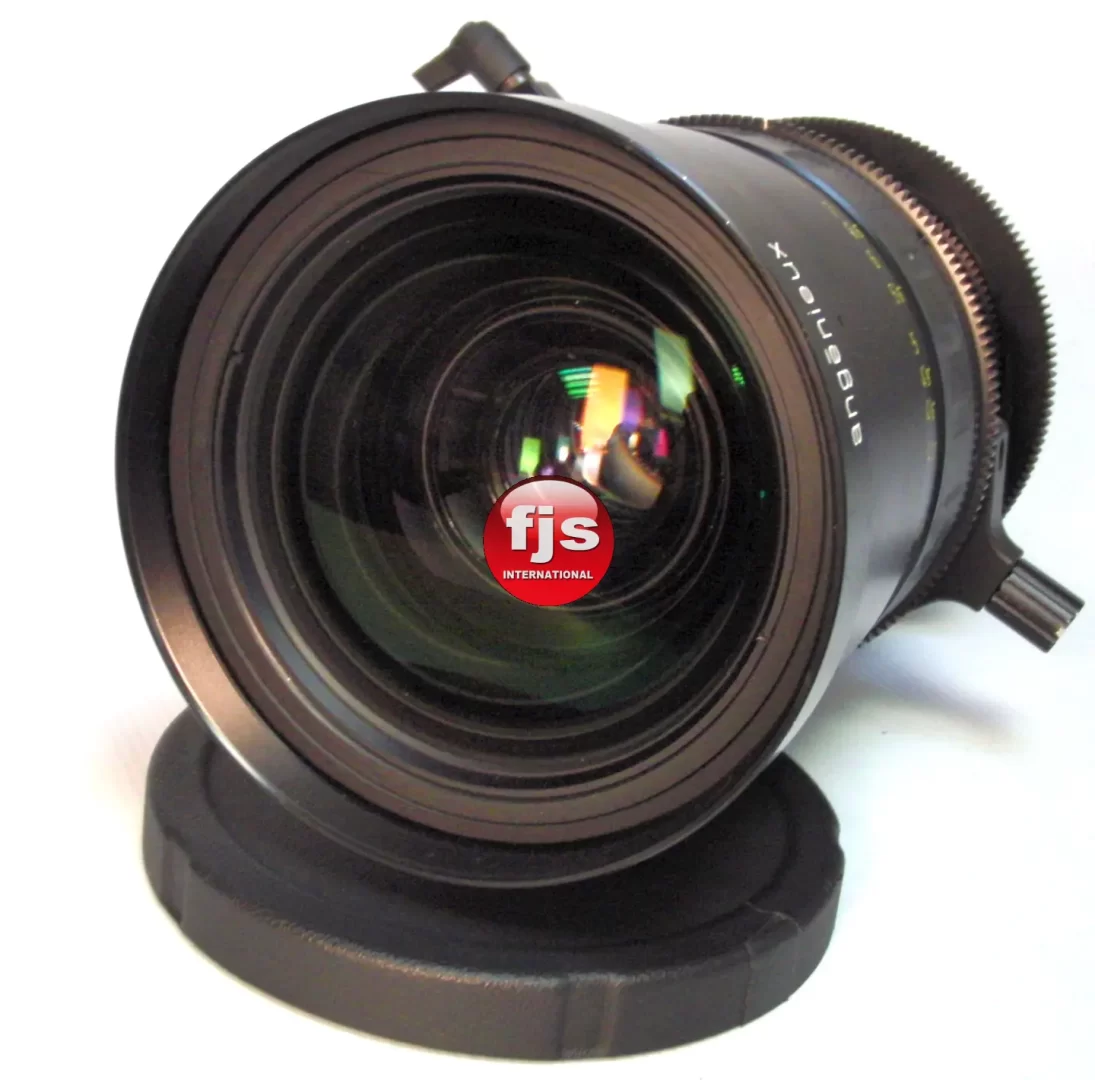
The opposite of a zoom lens is a prime lens, also known as a fixed focal length lens.
Spotting a Prime Lens: A Detective’s Guide for Photographers
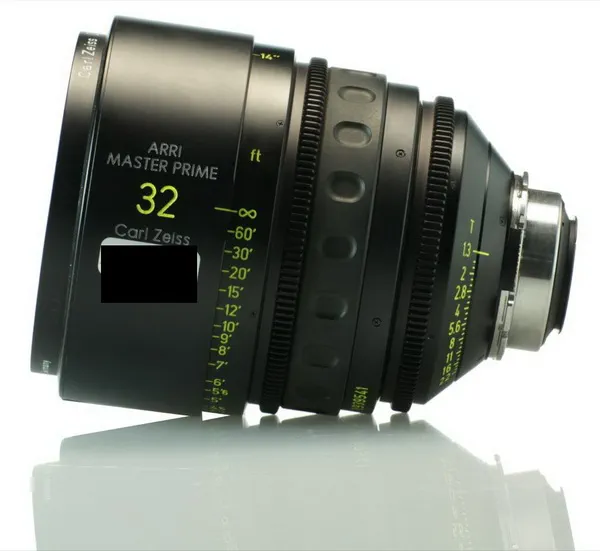
Choosing the right lens is crucial for capturing stunning photos. But with so many options, differentiating between prime and zoom lenses can be tricky.
Identifying a Prime Lens: It’s All in the Numbers

When choosing a lens, differentiating between a prime lens and a zoom lens is crucial. Thankfully, there are several ways to tell them apart. Here’s a guide to help you identify a prime lens:
Prime Lenses: Must-Have or Missed Opportunity?
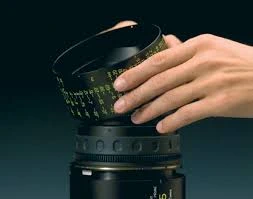
Prime lenses, with their fixed focal length, might seem like a niche choice compared to the versatility of zoom lenses. But don’t be fooled! Prime lenses offer a unique set of advantages that can elevate your photography and open doors to creative possibilities. So, do you really need prime lenses? Let’s explore the pros and cons to help you decide.
Can You Zoom With a Prime Lens? Unveiling the Fixed Focal Length
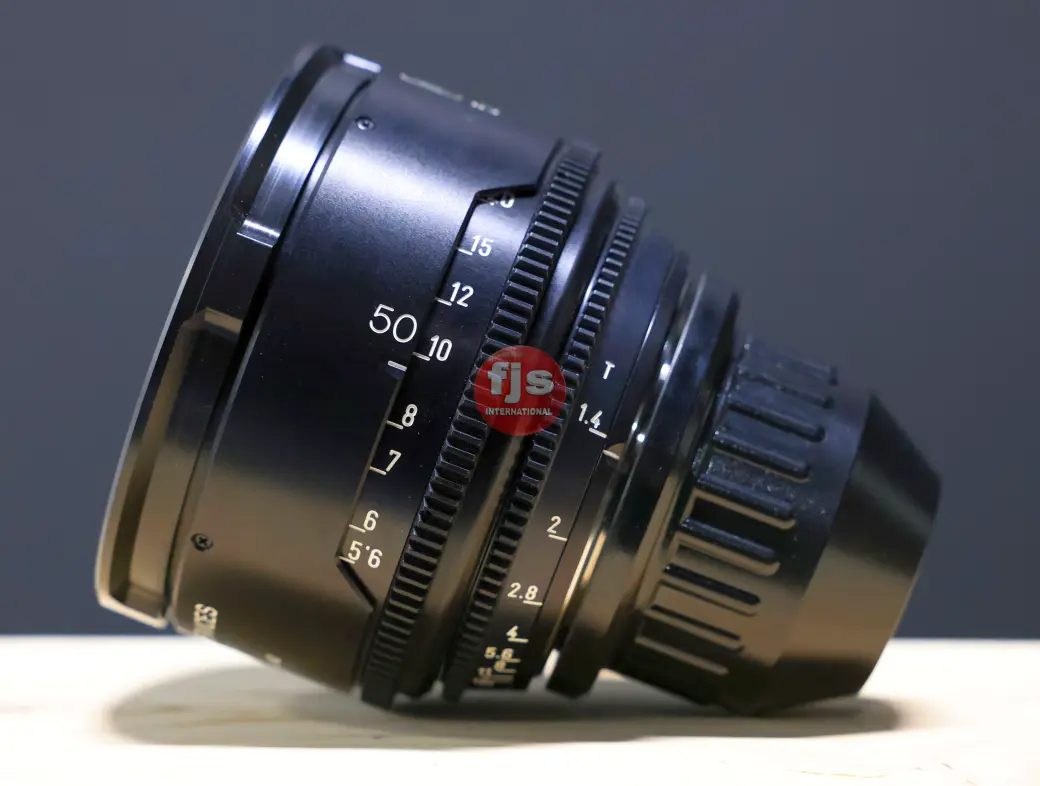
Prime lenses, also known as fixed focal length lenses, are a photographer’s workhorse. They offer a unique set of advantages that contribute to exceptional image quality and a distinctive shooting experience.
Master Prime vs. Anamorphic Lenses: Unveiling the Visual Distinction
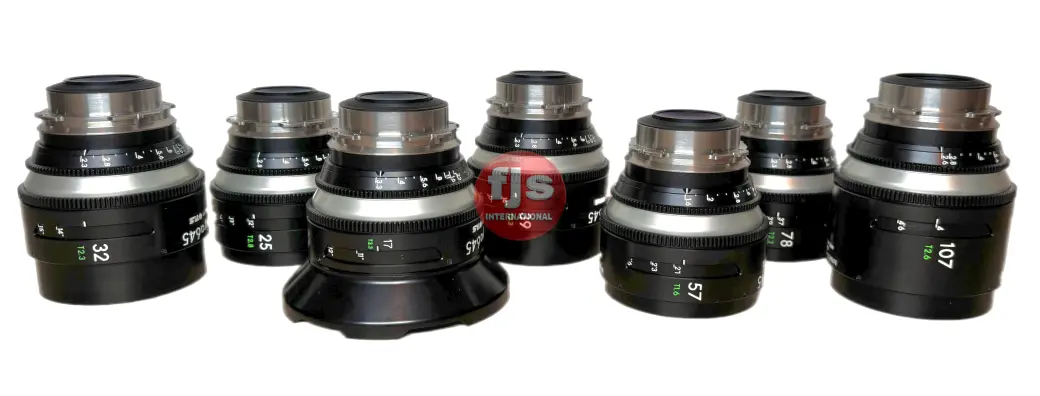
Master Prime lenses, renowned for their exceptional image quality and sharpness, are a popular choice for filmmakers.
Dedicated Full-Frame Anamorphic Lenses: Embracing the Widescreen Experience
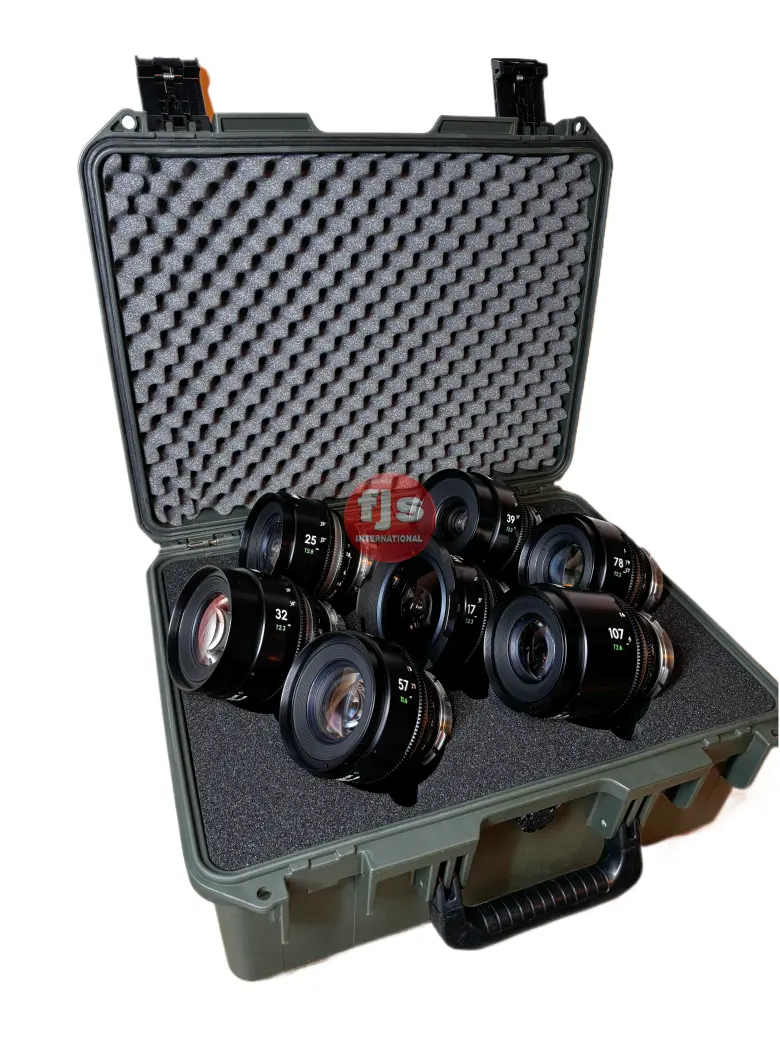
The world of anamorphic cinematography offers a distinct visual style with its wider aspect ratio and characteristic bokeh.
Master Anamorphic Lenses on Full-Frame: Quality and Considerations

Master Anamorphic lenses, co-developed by ARRI and ZEISS, are known for their exceptional performance and ability to capture the coveted anamorphic look.
How do Master Prime lenses’ sharpness impact image quality?
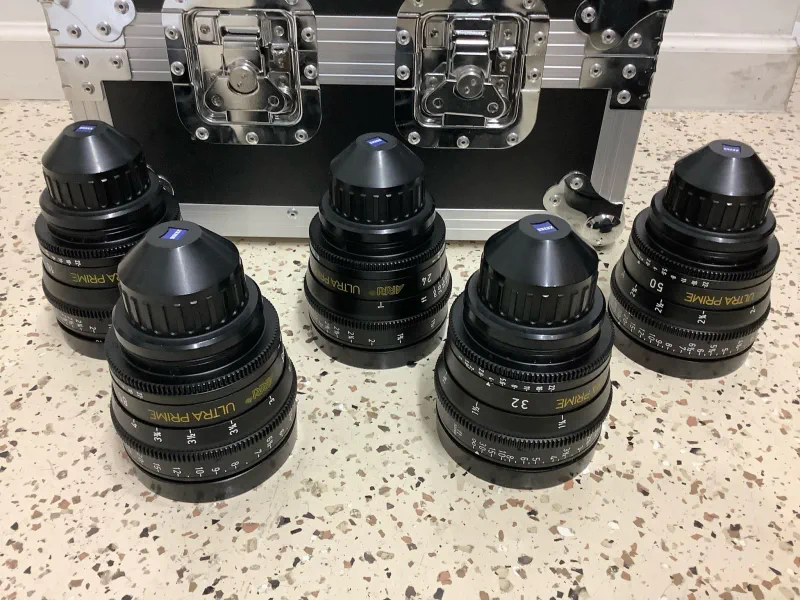
Yes, the exceptional sharpness of Master Prime lenses significantly impacts image quality in several ways:
